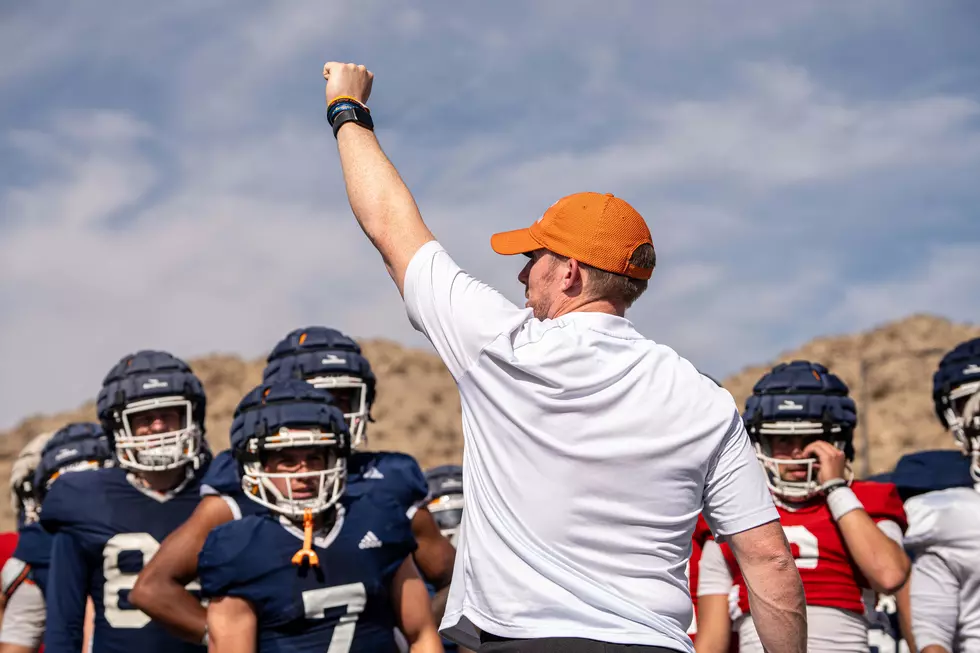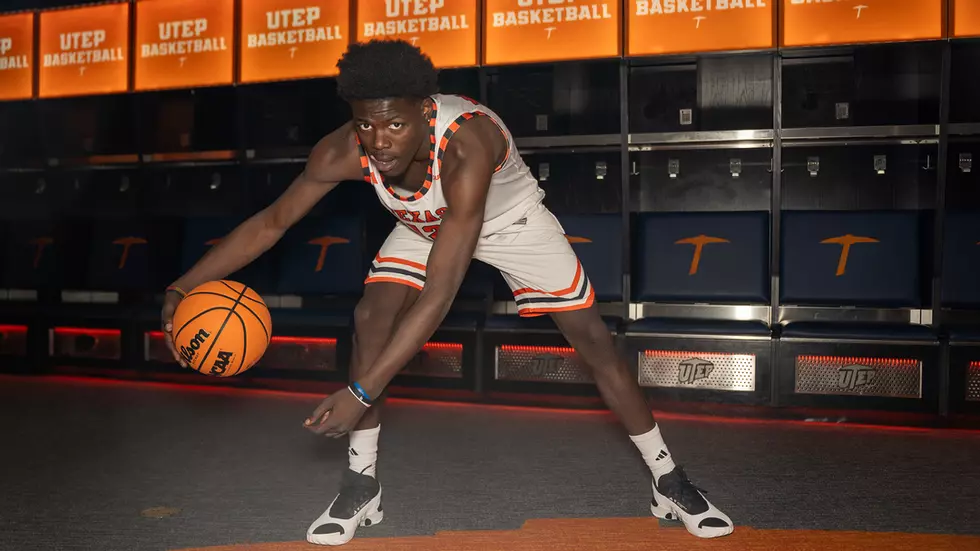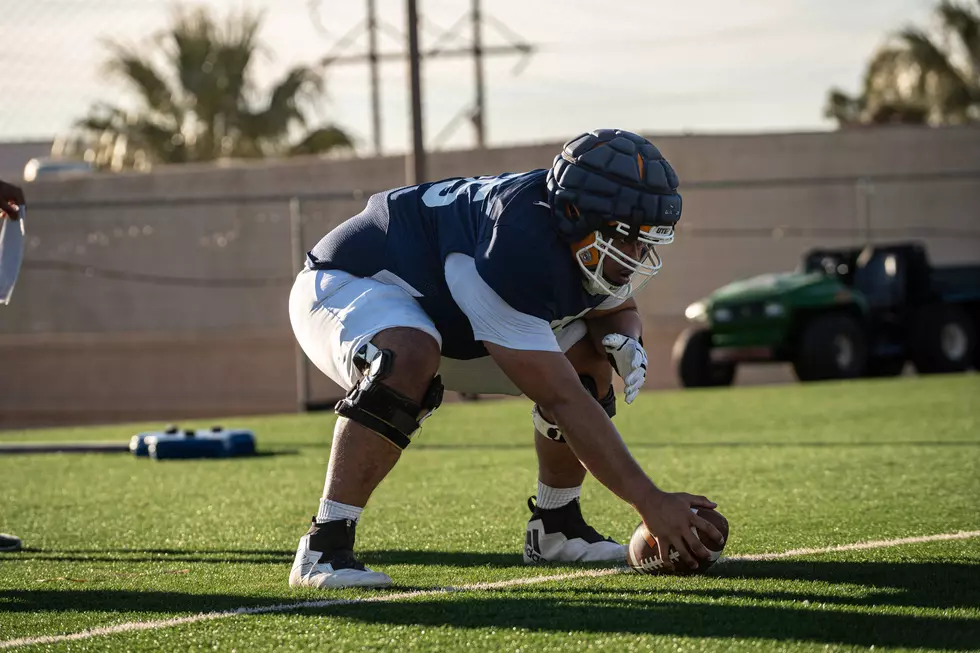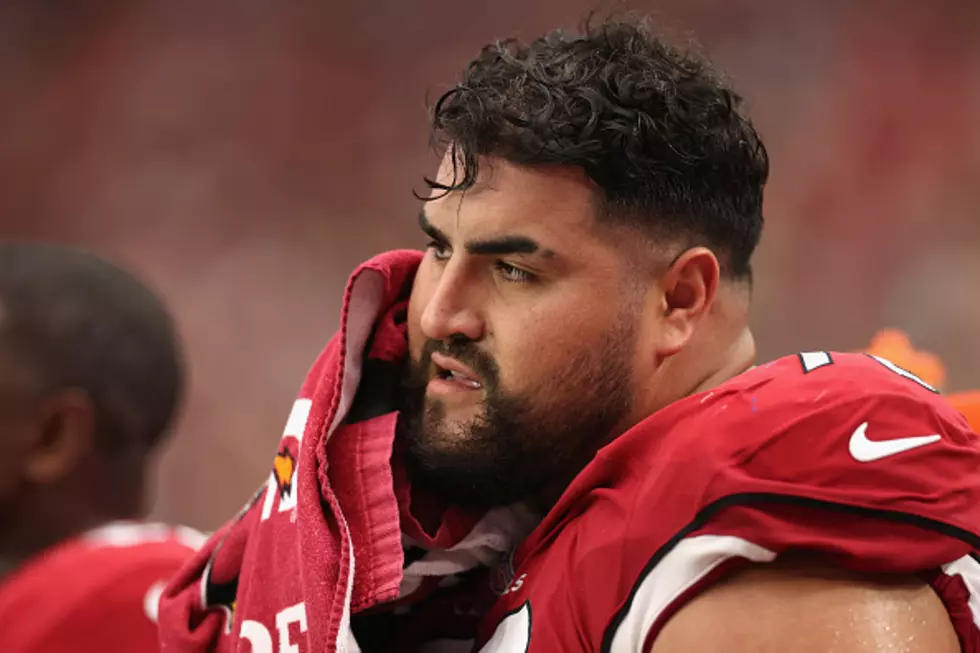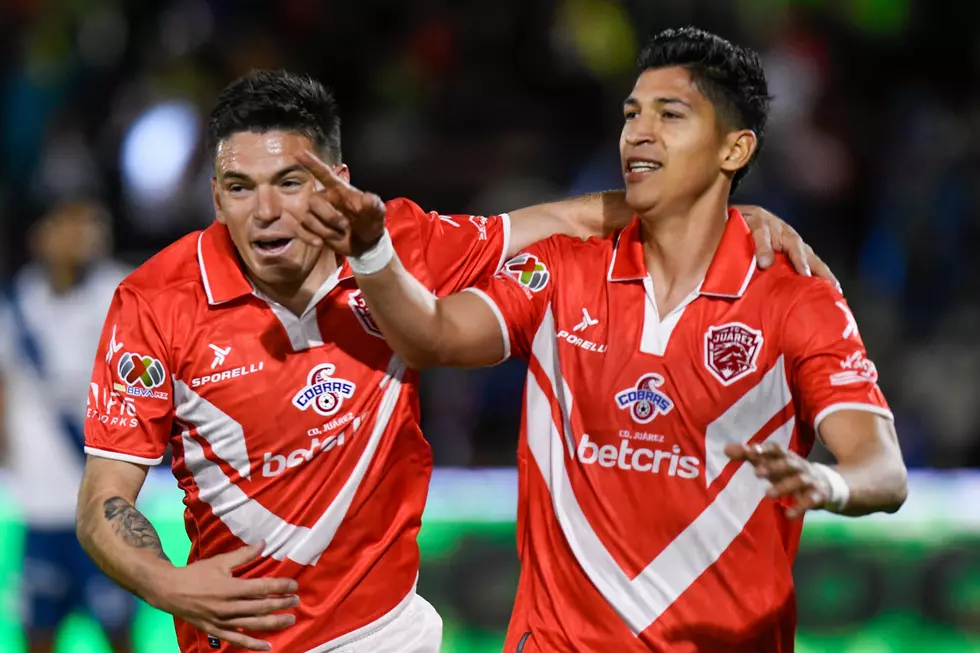The Chicago Black Sox Were Old West Outlaws
Thanks to the movies “8 Men Out,” and “Field of Dreams,” even non-Baseball fans have the basic knowledge of what took place in Chicago the fall of 1919, when members of the American League Champion Chicago White Sox conspired with gamblers to throw the World Series.
There are numerous book about the events surrounding that controversy, but even today among what little is accurately documented, available as second hand testimony, a part of the growing mythology, or outright speculation, the full story with exact details remains clouded; lost to history.
You’re about to look at a part of the nearly forgotten history of a few of the participants in that drama. So – with a nod to Hawk Harrelson – sit back, relax, and strap it down...let us begin our journey back in time.
Currently at “Centennial Museum” on the grounds of the University of Texas at El Paso, is a wonderful exhibit- “Baseball On The Border.” Part of the rich history of El Paso Baseball includes appearances in the Borderland by members of the infamous Chicago Black Sox.
Exploring the archives of the El Paso Times, UTEP, and the Heritage Center of the El Paso Library, you can uncover various accounts of members of the Chicago Black Sox appearing for and against El Paso teams in exhibition games. Exactly who adorned any script saying “El Paso” across the front of their jersey, be for a one-time appearance or for any length of time is as uncertain as the actual events of the 1919 World Series.
Most circulated and famous of these reports speak of members of the Black Sox having played for the old McGinty club in an exhibition game, as hired guns to ensure a victory against a club stacked with other ex-professionals. Another story has a couple of those same Black Sox players making their first appearance in the Sun City as visitors, again, brought along to provide an extra edge. Some Black Sox, like Lefty Williams, have actual statistical records of their time in the Copper League. The Copper League provides some of the most thorough accounts of former Black Sox and other various ex-professionals continuing their baseball careers in the region as it was dedicated to providing both a source of recreation and a distraction for workers in copper-mining towns throughout the Southwest. The leagues’ number of teams and locations varied from year to year, but 3 teams seem to be the primary competitors during the mid-1920s, thus the most logical for finding, or assuming, Black Sox players appearing on the rosters. In addition, a couple of Black Sox players are also rumored to have played in the ballparks of the Southwest under aliases for Mexican teams.
I can tell you this from my extensive research on this subject, just when you think you’ve found the truth, a conflicting truth pops up. Simply put, baseball records of city games and outlaw leagues were just not the well documented historical trail that you find with Major League Baseball during this same time.
One this is certain, from the numerous reports we can assume this fact to be true…much like many legendary old west characters whose actions labeled them as outlaws, made their way to or through the Old Pass, legendary members of the 1919 Chicago White Sox whose actions labeled them as outlaws, did indeed “play ball” in El Paso, Texas.
Kevin Vargas
Enjoy the video tour of the UTEP “Baseball on the Border” exhibit, and uncover some “missing” history about 4 particular members of the 1919 Chicago Black Sox who spent time in the Borderland.
More From 600 ESPN El Paso
